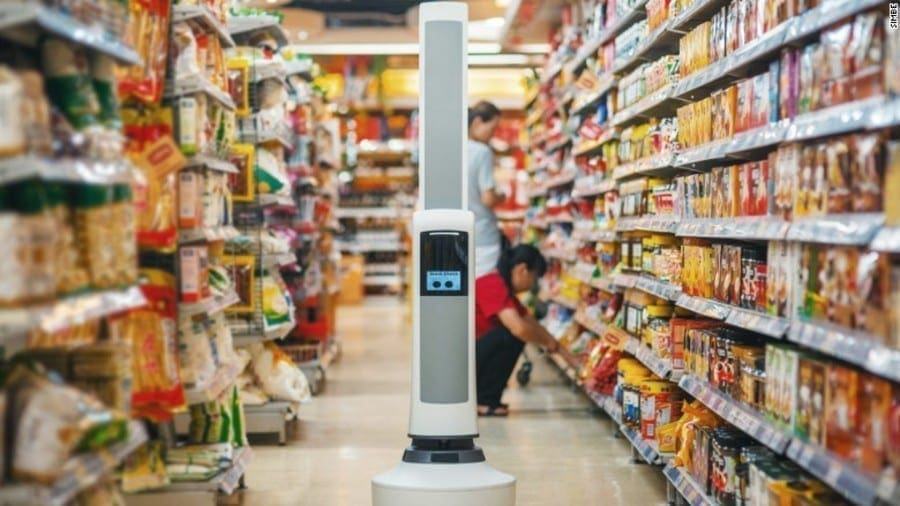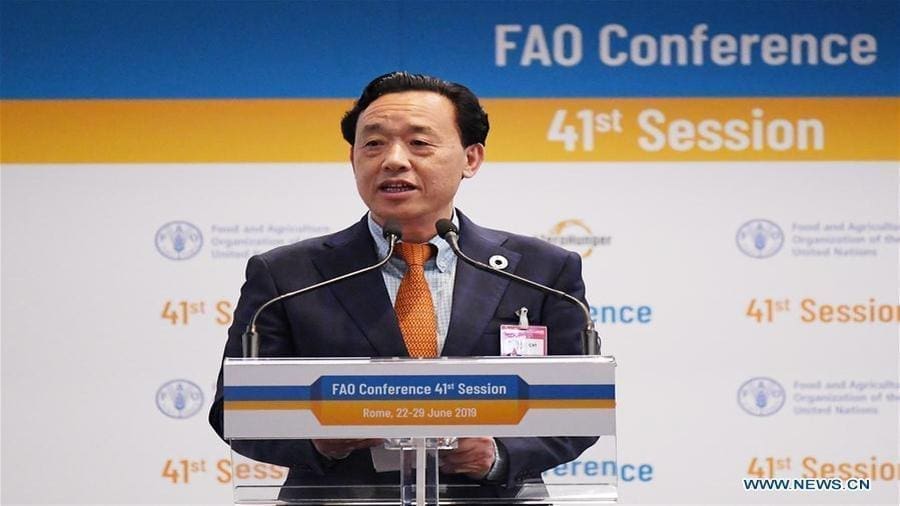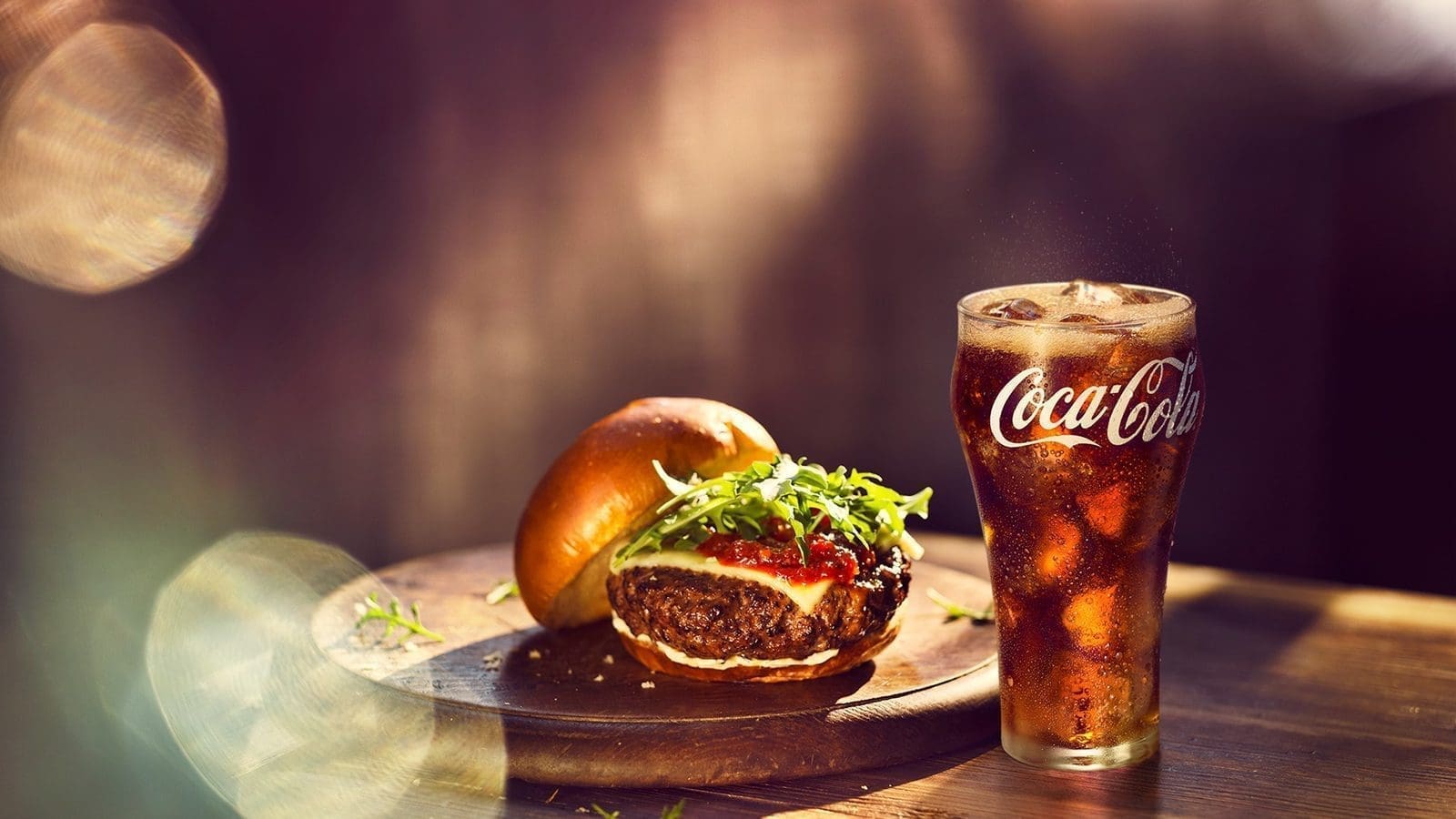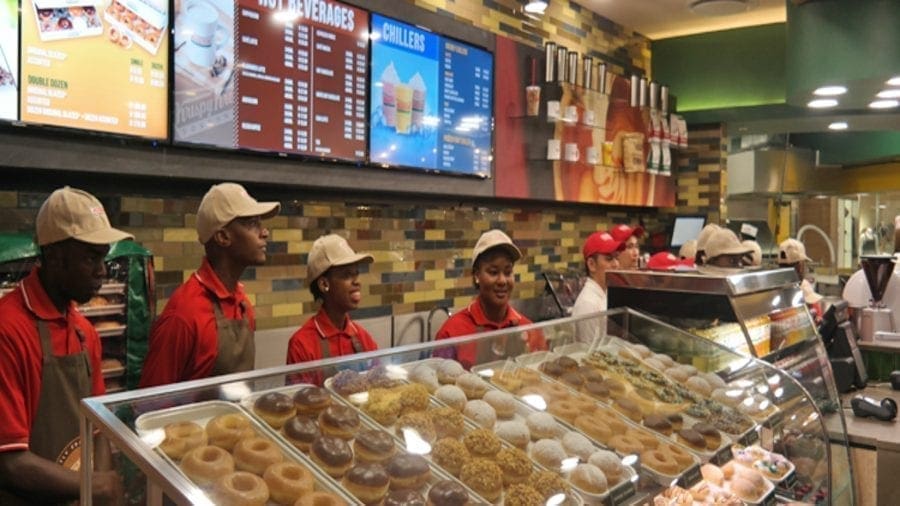USA – The Kellogg Company has partnered Accenture and Qualcomm to launch a a pilot test that uses eye-tracking technology in a virtual reality headset to determine the best way to stock shelves for retailers.
The partnership looks to transform retail merchandising by enabling companies to do market research faster, more affordably, and on a larger scale.
The VR merchandising solution was developed by Accenture Extended Reality (XR) practice using Qualcomm VR reference design headset.
It enables brands and retailers to gather critical consumer data and perform market research.
The VR merchandising solution features embedded eye-tracking along with mixed reality software from InContext Solutions and eye-tracking data analytics capabilities from Cognitive3D.

The resulting experience immerses consumers in a full-scale, simulated store, enabling them to move through the space, shop, pick up products and place them in carts, while monitoring what consumers are looking at, for how long and why.
The mobile solution is designed to allow companies to extend their reach to more geographically dispersed participants and perform market research faster, more affordably and on a larger scale.
“Our VR merchandising solution has the potential to transform product placement by examining consumer buying behavior in a holistic way,” said Raffaella Camera, global head, Innovation & Market Strategy, Accenture Extended Reality.
“By combining the power of VR with eye-tracking and analytics capabilities, it allows significant new insights to be captured while consumers shop by monitoring where and how they evaluate all products across an entire shelf or aisle.
Ultimately, this enables product placement decisions to be made that can positively impact total brand sales, versus only single product sales.”
The solution was tested in collaboration with Kellogg Company around the launch of its new Pop Tarts Bites product.
According to the companies, rather than placing the Pop Tarts Bites on higher shelves, the VR solution demonstrated that optimal placement for the new product was on lower shelves, leading to 18% increase in brand sales during testing.
Jenny McDaniels, senior manager of category strategy at Kellogg Company, said: “When trying to best assess a future product’s shelf placement, this new methodology provided optimal guidance from both a product and category perspective.
This approach provided multiple data outputs, which in turn, created a holistic solution that would drive success for both the category and product.”











